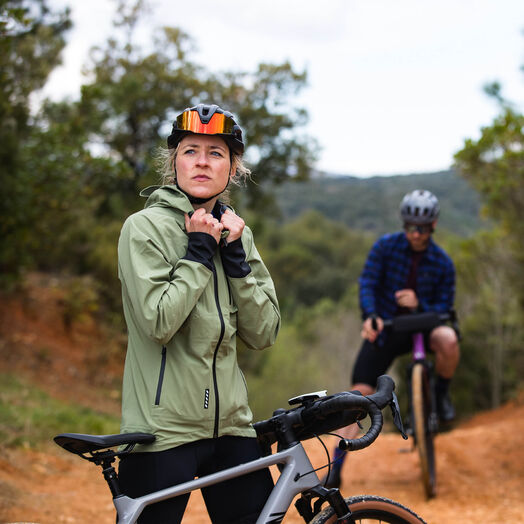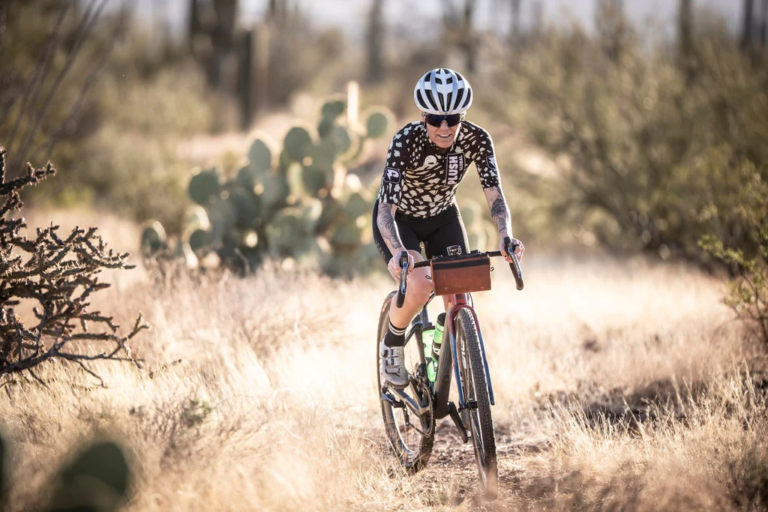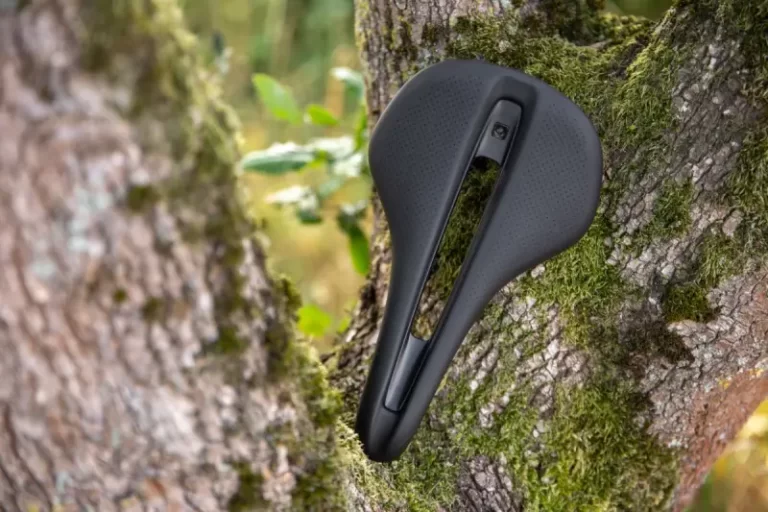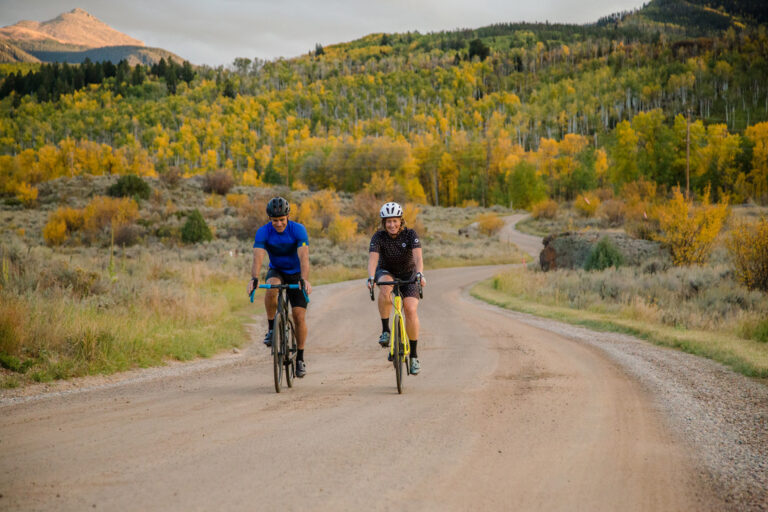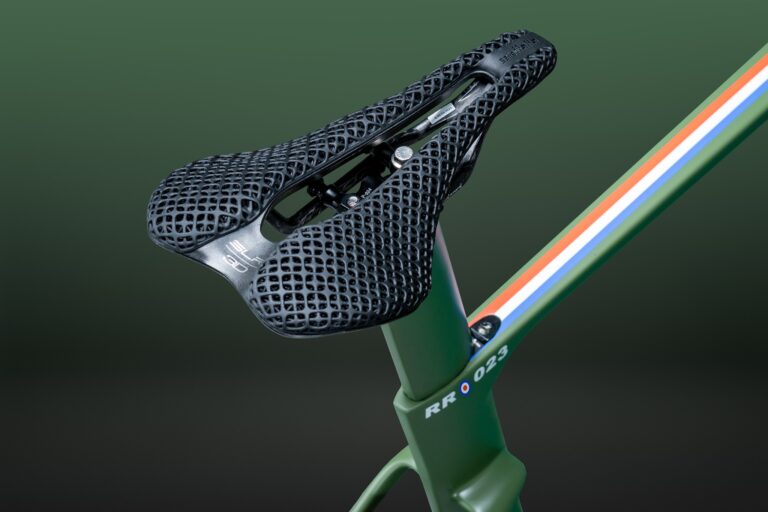Gravel Bike Saddle Positioning for Efficiency
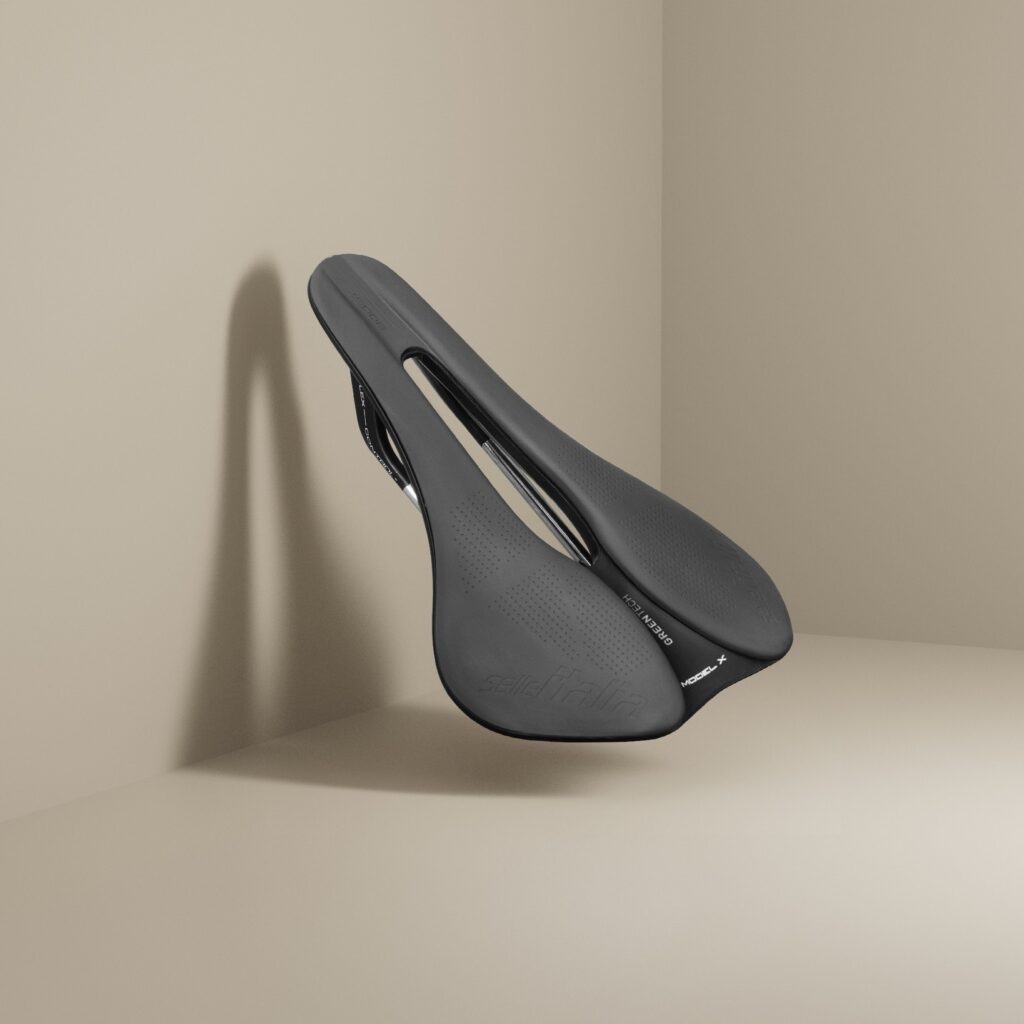
Key Point Summary of Gravel Bike Saddle Positioning for Efficiency
- Understanding Saddle Positioning: The basics of saddle height, angle, and fore-aft position.
- Enhancing Cycling Efficiency: How correct saddle positioning can improve your ride.
- Personalizing Your Bike Setup: Tailoring saddle position to your unique riding style and body.
As a seasoned cyclist who’s navigated the thrills of mountain biking, the challenges of cyclocross, and the joys of gravel biking, I’ve learned that efficiency on the bike isn’t just about how hard you pedal; it’s also about how smart your bike setup is. Saddle positioning on a gravel bike is a critical, yet often overlooked, aspect of this setup. Here’s a guide, aimed at beginner to mid-level cyclists, on optimizing your gravel bike saddle position for maximum efficiency.
Understanding Saddle Positioning
Saddle Height
The right saddle height is pivotal. Too low, and you’ll compromise power; too high, and you risk discomfort or injury. A good starting point is to position the saddle so that when your foot is at the bottom of the pedal stroke, your knee has a slight bend. I personally follow the heel-to-pedal method: sitting on the bike, placing your heel on the pedal, and extending your leg. If your saddle is at the correct height, your leg should be fully extended in this position.
Saddle Angle
The saddle angle is often overlooked but crucial. A level saddle typically works best, but individual preferences vary. For example, I prefer a slight downward tilt for comfort on longer rides. However, too much tilt either way can lead to discomfort and inefficient pedaling.
Saddle Fore-Aft Position
This determines how far forward or back your saddle sits. It’s about finding the right balance point. A well-aligned saddle should allow your knee to be over the pedal spindle (when the crank is at the 3 o’clock position). This positioning directly impacts your ability to apply power to the pedals efficiently.
Enhancing Cycling Efficiency
Optimizing saddle position is key to maximizing efficiency. Here’s how:
Power Transfer
Proper saddle height enables better power transfer. When set correctly, it allows for optimal leg extension, ensuring that you’re making the most of each pedal stroke.
Endurance and Comfort
The right saddle angle and fore-aft position can significantly improve comfort, which in turn affects endurance. On long gravel rides, comfort is key to maintaining consistent energy levels.
Reducing Strain
Incorrect saddle positioning can lead to unnecessary strain on your knees, back, and hips. As someone who’s battled knee pain due to poor bike setup in the past, I can’t stress enough how a properly positioned saddle can prevent injuries.
Personalizing Your Bike Setup
Listening to Your Body
Each rider is unique, so what works for one may not work for another. Pay attention to how your body feels during and after rides. Adjust your saddle accordingly, even if it means deviating from standard recommendations.
Fine-Tuning Over Time
Finding the perfect saddle position may require some trial and error. Be patient and make small adjustments. Over time, as your riding style evolves, so might your preferred saddle position.
Professional Bike Fit
If you’re struggling to find a comfortable position, consider a professional bike fit. It was a game-changer for me. The insights provided by a professional can help tailor your setup to your specific body mechanics.
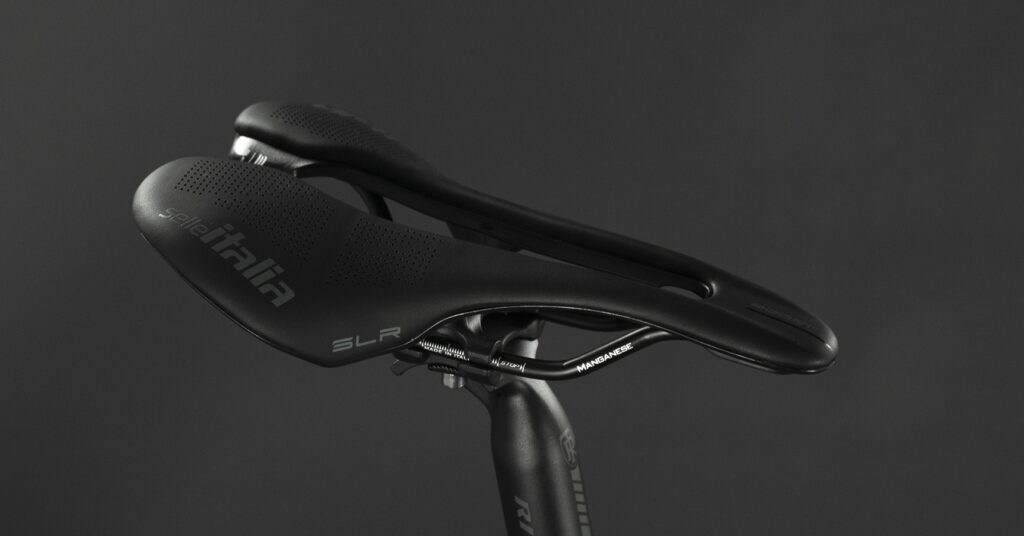
The Science of Saddle Positioning and Health Impacts
Understanding the Ergonomics
Saddle positioning on a gravel bike isn’t just about comfort or efficiency; it’s intricately linked to your health. Scientific research in the field of sports medicine and ergonomics has shed light on how incorrect saddle positioning can lead to chronic injuries and health issues.
Risk of Repetitive Strain Injuries
Repetitive strain injuries (RSIs) are common in cyclists due to the repetitive nature of pedaling. An improperly positioned saddle can exacerbate this, leading to conditions like patellar tendinitis or hip and lower back pain. A study published in the Journal of Sports Science & Medicine highlighted the importance of knee angle in relation to saddle height, noting that incorrect angles increase the risk of knee injuries.
Impact on Spinal Health
The spine is particularly vulnerable during cycling. Research in biomechanics has shown that a saddle too high or too low can cause undue stress on the lumbar spine. A study in the European Spine Journal found that cyclists with poorly adjusted saddles experienced more lower back pain due to prolonged flexion or extension of the spine.
Pelvic and Genital Health Considerations
Saddle positioning also significantly impacts pelvic health. A study in the Journal of Sexual Medicine discussed how prolonged pressure in the wrong areas, due to incorrect saddle angle or height, could lead to reduced blood flow and numbness, potentially affecting sexual health.
- Impact of Ride Terrain: Gravel biking often involves varied terrains, from smooth, flat roads to rugged, uneven paths. Saddle positioning should take into account these changing conditions. For rougher terrain, a slightly lower saddle height can provide more control and stability. Conversely, on flatter sections, a higher saddle improves pedaling efficiency.
- Long-Distance Adjustments: For long-distance gravel rides, comfort becomes even more crucial. A slightly more upright position, achieved by adjusting the saddle’s fore-aft and angle, can reduce strain on your back and shoulders. This adjustment helps distribute your weight more evenly, providing relief during extended periods in the saddle.
- Personal Flexibility and Anatomy: Your body’s flexibility and anatomy play a significant role in determining optimal saddle position. Riders with limited hip flexibility may benefit from a slightly forward saddle position, reducing the strain on the hips and lower back. Conversely, more flexible riders can maintain efficiency with a more rearward position.
- Saddle Choice and Its Interaction with Positioning: The type of saddle you choose also influences the optimal positioning. Different saddles offer varying levels of support and padding, which can affect how you position yourself for comfort and efficiency. Trying out different saddles in conjunction with positioning adjustments can lead to a more tailored fit.
- Seasonal Adjustments: Depending on the season, your body’s needs can change. In colder months, when you might be wearing bulkier clothing or your body is more prone to stiffness, slight adjustments to the saddle height and angle can maintain comfort and efficiency.
- Incorporating Feedback from Rides: Keep a log of how you feel during and after rides with different saddle positions. This feedback can be invaluable in fine-tuning your setup. What feels comfortable for an hour might not work for a four-hour ride, so adjust accordingly.
- Interaction with Other Bike Components: Saddle positioning doesn’t exist in a vacuum; it interacts with the positioning of other bike components like handlebars and pedals. For instance, a change in saddle height might necessitate a slight adjustment in handlebar height or angle for optimal body alignment.
- Ongoing Adaptation: As you grow more experienced and your riding style evolves, so might your ideal saddle position. Regularly revisiting and tweaking your saddle setup is a good practice, especially as your body adapts to increased riding intensity or different types of gravel rides.
By considering these additional factors, you can further refine your gravel bike saddle positioning for a ride that’s not only efficient but also comfortable and tailored to your individual riding style and needs.
Here are three saddle designs that are often highly regarded in the cycling community for gravel biking:
- Brooks England Cambium Series (C17)
- Gravel Suitability: The Cambium C17 is particularly well-suited for gravel biking due to its durable construction and comfort over long distances. Gravel biking often involves a mix of rough and smooth terrain, and the natural rubber material of the Cambium can absorb vibrations and shocks effectively, providing a comfortable ride on diverse surfaces.
- Specialized Power Saddle with Mimic Technology
- Gravel Suitability: This saddle’s ergonomic design and pressure-relieving features make it a great option for gravel biking, where riders might be in the saddle for extended periods over varied terrain. Its design can help prevent discomfort and numbness, which are important considerations for gravel riders.
- Fizik Arione
- Gravel Suitability: The Fizik Arione, with its long and narrow profile, is suitable for gravel riders who prefer an aggressive and performance-oriented position. Its Wing Flex technology allows for greater freedom of movement, which can be beneficial when navigating dynamic and sometimes unpredictable gravel paths.
When choosing a saddle, it’s important to consider factors such as the type of cycling you do, your flexibility, sit bone width, and personal comfort preferences.
FAQ
What is the correct saddle position?
The correct saddle position for a gravel bike focuses on ensuring comfort and efficiency over varied terrain. It should be set at a height where your leg has a slight bend at the knee when fully extended in the pedal stroke, level or slightly tilted for comfort, and positioned fore-aft so your knee is over the pedal spindle when the pedal is at 3 o’clock. This setup optimizes power transfer, reduces strain, and enhances overall ride comfort on mixed surfaces typical in gravel biking.
What is the correct angle for a bike saddle?
The correct angle for a gravel bike saddle is generally level, but a slight adjustment can be made for personal comfort. A small downward or upward tilt of a few degrees is often suitable to accommodate individual preferences and anatomy, ensuring comfort during long and varied gravel rides.
Should bike saddles be level or tilted?
For gravel bike saddles, a level position is typically recommended as a starting point. However, a slight tilt (either up or down) can be made for personal comfort, especially to accommodate individual riding styles and anatomical differences. The key is to ensure the tilt doesn’t cause discomfort or pressure in unwanted areas during the varied and often long rides typical in gravel biking.
Final Thoughts
In the world of gravel biking, efficiency isn’t just about your physical condition; it’s also about how well your bike fits you. Proper saddle positioning can make a significant difference in your riding experience. Remember, the best setup is one that feels right to you and supports your individual riding style.
Here’s to many more efficient and comfortable rides on your gravel bike!
John
